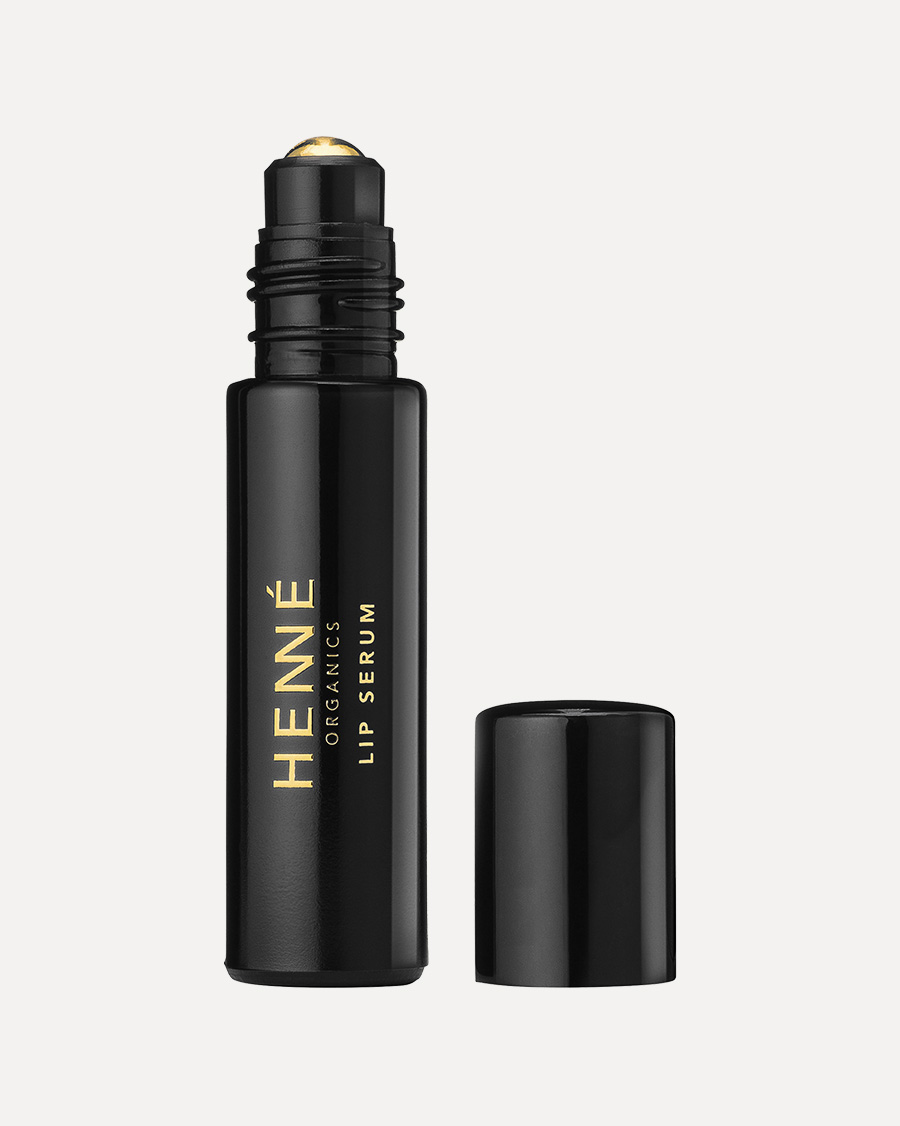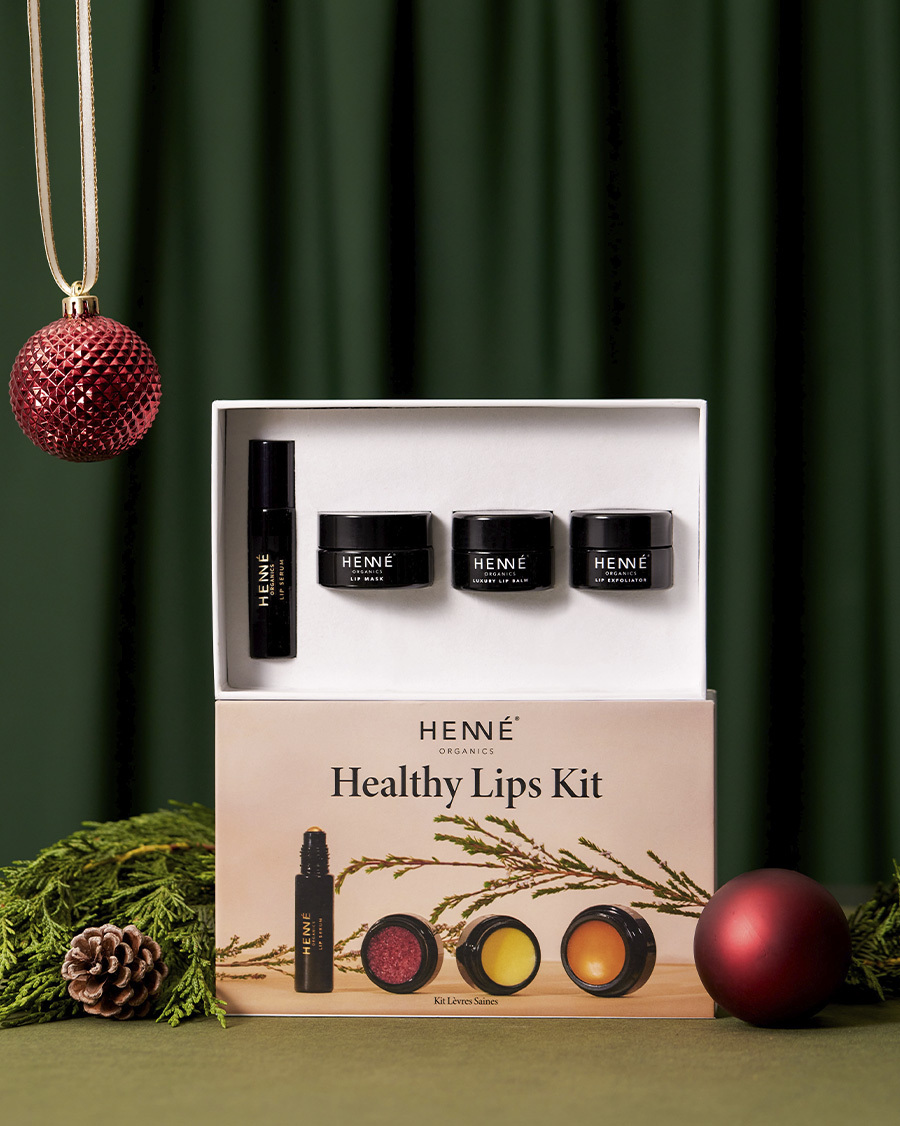How Cosmetic Brands Deceive You With Ingredients (and 3 Ways to Spot It)
When you take great care in selecting products with beneficial ingredients, it might come as a shock to learn that many brands use those same ingredients to deceive you. You deserve to get your money’s worth, and as a beauty brand and cosmetic manufacturer, we have insider info to clue you into these shady practices.
Unfortunately, many brands deceptively use a proprietary blend (a mashup of ingredients) with a single purpose in mind: To get a long list of luxury ingredients on their labels...and fool you into paying for it. Sometimes only a single drop of this proprietary blend is used in a 500-gallon batch.
Not really what you signed up for, right? It's not always easy to detect, but you can often spot this practice by having a look at the ingredients label.
Here are three things to look for:
Since we know (and now you know!) that vitamin E oil usually makes up less than 1% of a product, we can accurately assume that ingredients showing up after vitamin E oil on the ingredient list also make up less than 1% of the product. Are the key ingredients in that fancy product of yours showing up behind tocopherol vitamin E? Fool me once...
Don't know where to start? Here are some of the more common essential oils and how they would show up on the ingredients label: Lavandula Angustifolia (Lavender) Oil, Eucalyptus Globulus (Eucalyptus) Oil, Citrus Sinensis (Orange) Oil, and Melaleuca Alternifolia (Tea Tree) Oil.
When it comes to ingredient lists, more doesn’t mean better. Don’t get fooled into thinking all those ingredients are aiding your beauty routine – many of them are added to the product in minuscule amounts. And with lengthy lists come the risk of irritating skin.
INGREDIENTS & PROCESS
Unfortunately, many brands deceptively use a proprietary blend (a mashup of ingredients) with a single purpose in mind: To get a long list of luxury ingredients on their labels...and fool you into paying for it. Sometimes only a single drop of this proprietary blend is used in a 500-gallon batch.
Not really what you signed up for, right? It's not always easy to detect, but you can often spot this practice by having a look at the ingredients label.
Here are three things to look for:
Vitamin E
A great starting point would be vitamin E oil, which is widely used in cosmetics to prevent oxidation and increase shelf life. The words to look for are "tocopherol" (natural vitamin E) and "tocopheryl acetate" (synthetic vitamin E).Since we know (and now you know!) that vitamin E oil usually makes up less than 1% of a product, we can accurately assume that ingredients showing up after vitamin E oil on the ingredient list also make up less than 1% of the product. Are the key ingredients in that fancy product of yours showing up behind tocopherol vitamin E? Fool me once...
Essential Oils
Another clue to look for is any essential oil. While essential oils are wonderful additions to beauty products (who doesn’t enjoy a hint of their favorite scent), be aware of where they show up on the ingredients label. Similar to vitamin E oil, they individually make up only a fraction of the total product, so any ingredients that are listed further down will make up even less.Don't know where to start? Here are some of the more common essential oils and how they would show up on the ingredients label: Lavandula Angustifolia (Lavender) Oil, Eucalyptus Globulus (Eucalyptus) Oil, Citrus Sinensis (Orange) Oil, and Melaleuca Alternifolia (Tea Tree) Oil.
Excessive Ingredients Lists
When a product doesn't contain any easy-to-spot markers on its ingredients list, an excessively long ingredients list is a red flag to be aware of.When it comes to ingredient lists, more doesn’t mean better. Don’t get fooled into thinking all those ingredients are aiding your beauty routine – many of them are added to the product in minuscule amounts. And with lengthy lists come the risk of irritating skin.
Key Ingredients to Avoid in Skincare
Don’t get wrapped up in the buzz of hyped-up ingredients lists. Now that you know how to spot deceptive label practices, you know that the key ingredients to look out for in skincare are...the ones that are not really there in the first place. Learn more about how we at Henné stay transparent with our own ingredients and process:INGREDIENTS & PROCESS



